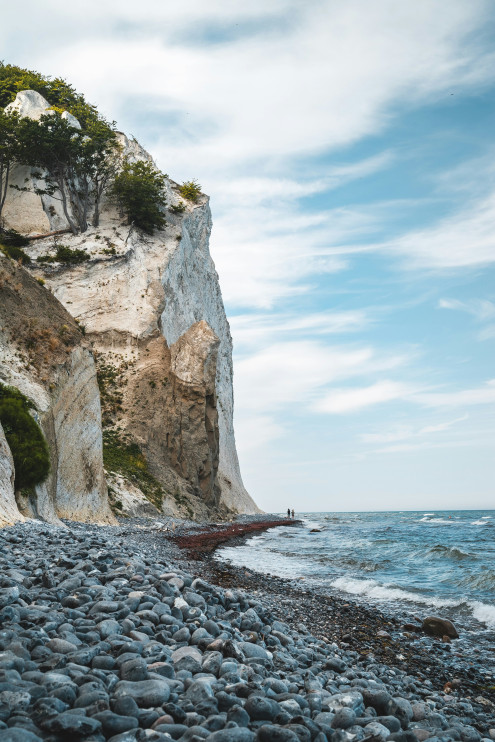Heading to Denmark? Visit this recently added UNESCO World Heritage Site

Denmark is famous for its many attractions that attract international tourists, one of which is its breathtaking landscapes. While visiting this Scandinavian country, it's worth visiting the eastern coast of the island of Møn, where you can see the impressive white cliff of Møns Klint. In July, it was added to the UNESCO World Heritage List.
Denmark is undoubtedly the perfect destination for all fans of Scandinavian style. The country is renowned for its minimalist, modern design that combines functionality with aesthetics.
Suffice it to mention the world-renowned buildings designed by the renowned architect Arne Jacobsen and the iconic Copenhagen Opera House . Those who enjoy sightseeing and museums will also find something to enjoy in Denmark – they can visit places like the Renaissance Rosenborg Castle , the medieval Frederiksborg Castle , or the Carlsberg Glyptothek , which houses a rich collection of ancient art.
 Rosenborg Castle/Photo: Unsplash Javier Rincón
Rosenborg Castle/Photo: Unsplash Javier RincónDenmark is also associated with unique nature, and for good reason. During a stay in one of its national parks, such as Thy National Park on the northwest coast of Jutland , you can admire picturesque lakes, heathlands, and dunes, surrounded by moose and waterfowl.
The Wadden Sea National Park, meanwhile, is known for its salt marshes, broad plains, and rich fauna. This area is particularly important as a refuge for migratory birds, with as many as 12-15 million birds , including plovers, curlews, and barnacle geese, stopping here each year during migration.
When planning a trip to Denmark, it's impossible to miss the Baltic Sea island of Møn . Covered in beech forest, this island boasts several attractions that will satisfy any admirer of historical buildings. Among them are fortified churches from the 12th and 13th centuries, megalithic tombs, and the Mill Gate (Mølleporten), a fragment of Valdemar the Great's castle.
Recently, perhaps the greatest publicity has been gained by the local landscape attraction - the impressive Møns Klint cliff , which was added to the UNESCO World Heritage List on July 12.
 Møns Klint cliff/photo Unsplash Andreas Rasmussen
Møns Klint cliff/photo Unsplash Andreas RasmussenThe majestic chalk cliff rises 102-128 meters straight out of the sea, making it the highest rock formation of its kind in the entire Baltic Sea. Although the cliffs on the island of Møn were formed over 70 million years ago, they only developed in their current form 11,000 years ago, after the end of the last ice age.
Tourists are particularly captivated by their dazzling white color, which contrasts with the green of the forests that shade them. During your visit, it's worth bearing in mind that the rocks that make up the cliff are constantly eroding, which can lead to potentially dangerous landslides. Since the entire surrounding area has been transformed into a landscape park, you'll find dedicated paths, fenced-off viewpoints, and steps that make walking easier.
